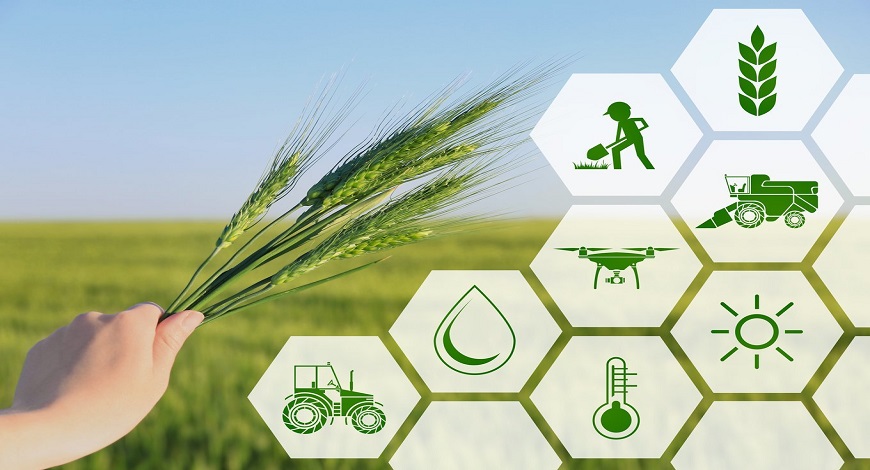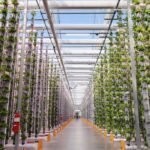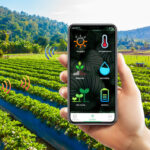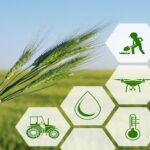In recent years, the agricultural landscape has been undergoing a significant transformation through the integration of technology. One of the most promising trends in this evolution is precision agriculture, a practice that harnesses the power of the Internet of Things (IoT) to revolutionize traditional farming methods. By employing a combination of sensors, drones, GPS technology, and data analytics, precision agriculture is paving the way for smarter, more efficient, and sustainable farming practices.
The Foundation of Precision Agriculture
At the heart of precision agriculture lies the concept of gathering real-time data from the field to make informed decisions. The IoT plays a pivotal role in this process by connecting various devices and sensors to create a comprehensive network. These sensors can measure a range of variables, including soil moisture, temperature, humidity, and even the presence of pests and diseases. This wealth of data empowers farmers to fine-tune their approach to planting, irrigating, fertilizing, and protecting their crops.
Sensor Technology and Drones: Eyes and Ears of the Field
Modern sensor technology has evolved to provide a comprehensive view of the conditions on the farm. Soil sensors, for instance, enable farmers to monitor moisture levels and nutrient content across different sections of their fields. These real-time measurements guide irrigation decisions, ensuring that water is applied only where and when it is needed. Likewise, drone technology allows farmers to conduct aerial surveys, capturing high-resolution images and data that reveal crop health and growth patterns. Drones can identify problem areas, such as signs of stress or disease, enabling targeted interventions.
GPS and Data Analytics: Navigating Success
Global Positioning System (GPS) technology is another crucial component of precision agriculture. By mapping fields with pinpoint accuracy, farmers can create customized management zones that reflect the unique characteristics of different parts of their land. This information guides planting, fertilizing, and other activities, optimizing resource allocation and reducing waste. Furthermore, data analytics tools process the data collected from sensors and drones, transforming it into actionable insights. Farmers can analyze trends over time, spot anomalies, and make timely decisions that maximize yield potential.
Benefits of Precision Agriculture
The adoption of precision agriculture brings a host of benefits to farmers, the environment, and society as a whole. First and foremost, it enhances resource efficiency by minimizing the use of water, fertilizers, and pesticides, thereby reducing costs and environmental impact. Improved yield predictions and optimized planting schedules contribute to increased productivity and higher-quality crops. Furthermore, precision agriculture enables farmers to respond promptly to changing conditions, mitigating risks and potential losses.
Challenges and Future Prospects
While precision agriculture holds great promise, it also presents challenges that need to be addressed. Initial investment costs can be substantial, and there is a learning curve associated with adopting new technologies. Additionally, issues related to data privacy and cybersecurity must be carefully managed to protect sensitive agricultural information.
Looking ahead, the future of precision agriculture is bright. As technology continues to advance, sensors and devices will become more affordable and user-friendly. Integration with machine learning and artificial intelligence could further enhance the accuracy and predictive capabilities of the system.
Conclusion
Precision agriculture, fueled by the Internet of Things, is reshaping the way we approach farming. By harnessing the power of sensors, drones, GPS, and data analytics, farmers are embracing data-driven decision-making that enhances productivity, sustainability, and profitability. As precision agriculture continues to evolve, it will play a vital role in meeting the challenges of feeding a growing global population while preserving our planet’s precious resources.





